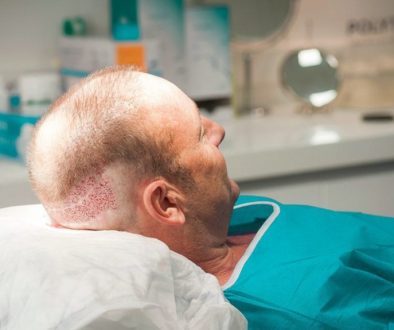Non-Surgical Hair Loss Treatments verses Surgical Hair Restoration
This insightful article was written by Dr. Michael Meshkin of Newport Beach, CA who is one of our recommended hair restoration physicians.
 Usually male pattern baldness is hereditary although some medical problems could cause thinning hair in men. If there is a family history of male pattern baldness in your family, then most likely yours is family related.
Usually male pattern baldness is hereditary although some medical problems could cause thinning hair in men. If there is a family history of male pattern baldness in your family, then most likely yours is family related.
Surgical hair restoration treatment is the only proven permanent solution to regrow hair in men. Medical hair loss treatment options can be used to minimize future balding.
If a patient has enough donor hair to provide a good coverage of the thinning area and is at risk for future hair loss, we prefer to perform a hair transplant to regain hair in addition to trying hair loss medication to minimize future baldness.
The donor hair is in the back of the head from one inch above the ears and all the way down to the neck. The transplanted hair which is from the back of the head has a genetic disposition that is resistant to the DHT (dihydrotestosterone) which is the male hormone that causes hair loss. The transplanted hair starts to grow after 3 months and it may take up to a year for all the hair to grow out.
On younger patients, we prefer to begin with medical treatment first and defer a hair transplant, but it depends on the patient’s degree of hair loss.
Dr. Michael Meshkin
—
Bill
Associate Publisher
Technorati Tags: male pattern baldness, thinning hair, hair restoration, regrow hair, hair loss treatment, balding, donor hair, hair loss, hair transplant, hair loss medication, baldness, transplanted hair, DHT, dihydrotestosterone



